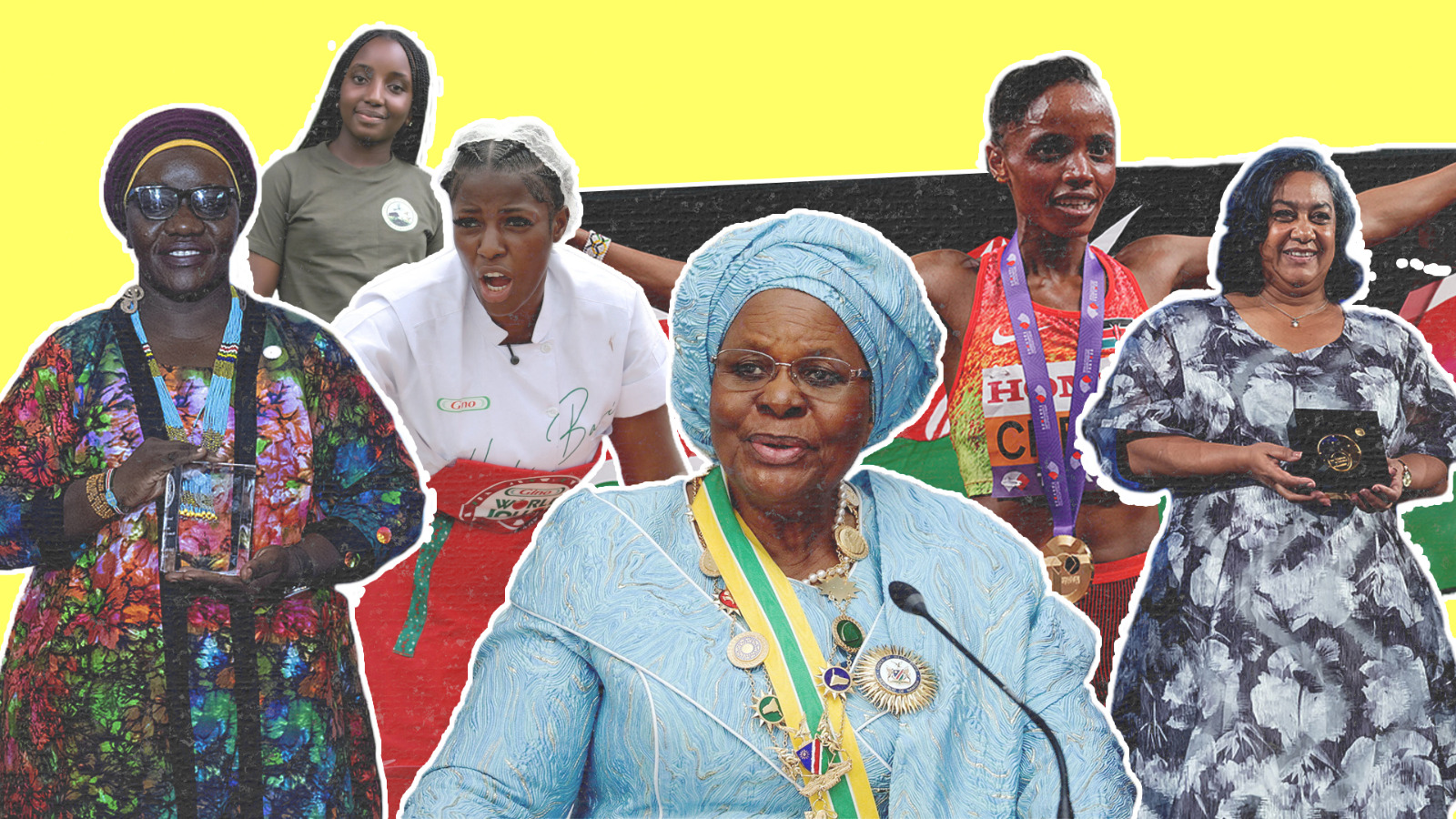Chinese hospital transplants pig’s cornea in human for the first time
A visual-impaired teenager from Jiangxi Province became the first patient in China to receive a pig’s cornea and regain sight.
The 14-year-old boy had almost no vision in his right eye after his cornea was ulcerated due to fireworks during the Spring Festival. Now doctors say the teen’s eyesight is improving and expect him to have a moderate visual acuity.
With the successful transplant, doctors at the Sun Yat-sen Memorial Hospital in Guangzhou have become pioneers in the Chinese medical field to adopt this new method. After successful test results, China’s National Food and Drug Administration had authorized the transplant of pig’s corneas into humans last April.
Professionals specializing in cornea bioengineering told Southern Metropolis Daily that cornea from pigs were chosen after an extensive research. The scientists had experimented corneas from other animals like monkeys, sheep, cows and fowls before reaching the conclusion. They said pigs were selected as “cornea donors” as the parameters were similar to humans and the bacteria and virus they bear are not apt to communicate.
A 2012 study published in the United States’ National Institutes of Health also looked into the possibilities of using corneas from pigs on humans. It said the “biomechanical properties of human and pig corneas are similar.”
Yuan Jin, a professor of ophthalmology center at Sun Yat-sen Memorial Hospital, believed that this breakthrough could help many visually impaired people to regain their eyesight.
“In China, keratopathy [corneal disease] has led to more than 5 million people to lose sight, which has become the second serious ophthalmological disease. The number is still on the rise,” Yuan said.
China accounts for about 18% of the world’s blind people, which is estimated to be the largest in the world, according to World Health Organization.
Despite the fact that hospitals in China have made a medical breakthrough, the country still suffers from the shortage of corneas as thousands of people wait to regain their vision. Among the 41 eye banks which are able to preserve corneas across China, almost all of them are out of stock, according to Southern Metropolis Daily.
In order to raise public awareness, China published a national guideline on organ donation last August. The guideline outlines the policies and ethics and aims to clear any misunderstanding related to the topic.
And a growing number of people, including celebrities have highlighted the cause – singer Yao Beina was one of them.
Before the 33-year-old star died of cancer last year, she wrote a will to donate her corneas to help people with eye disease – her last wish was to help people regain their eyesight and see the world around them again.








